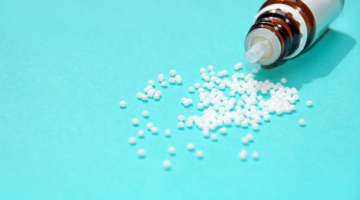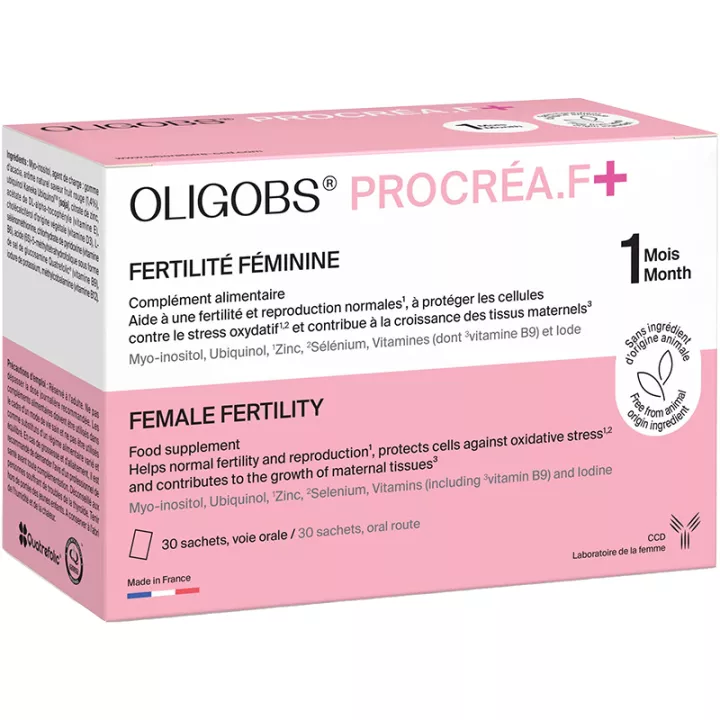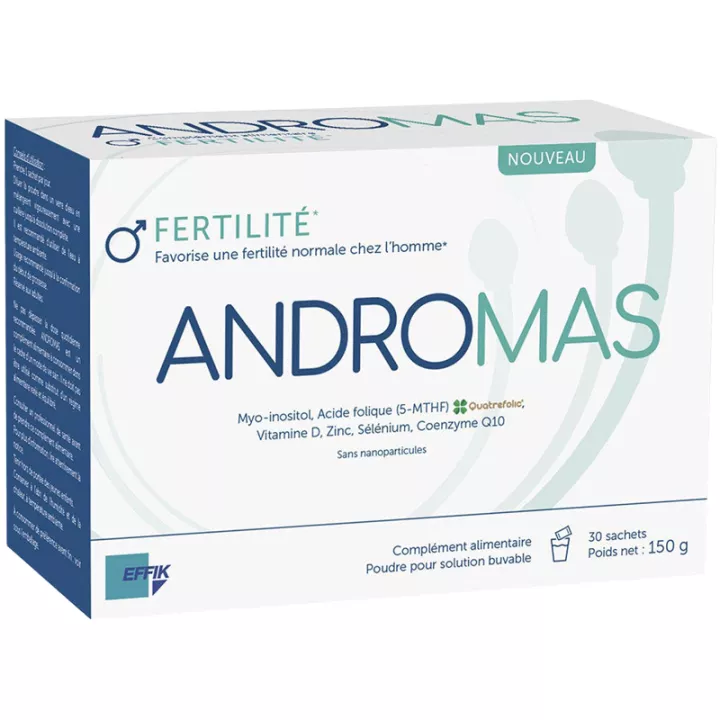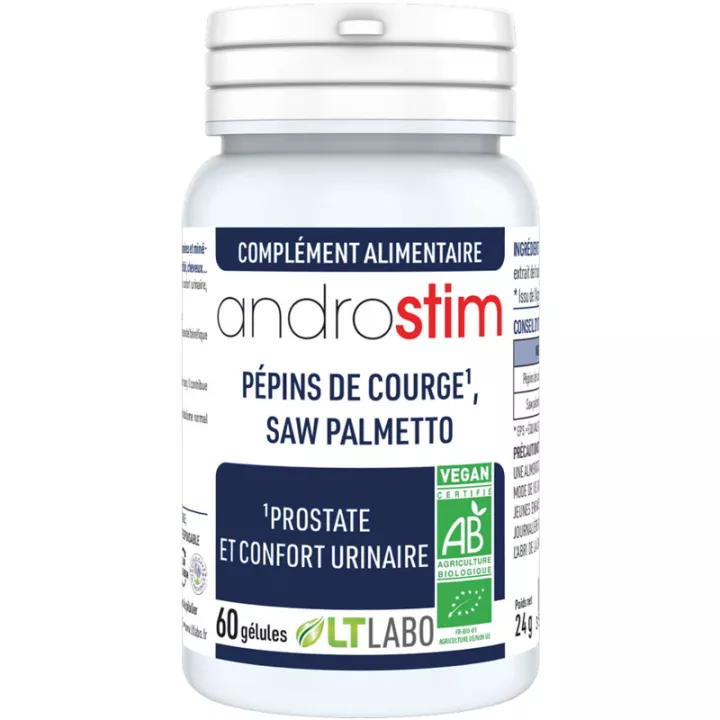SWIMCOUNT AUTOTEST FERTILITY MASCULINE MEDISUR
SwimCount is the first self-test that measures the concentration of motile sperm that can reach and fertilize the egg , unlike other self-tests that measure only the total sperm concentration (without distinguishing between motile sperm and those with abnormal spermatozoa).
Di ff erent factors can affect the concentration of motile spermatozoa: fever, taking anabolic steroids, mumps in adulthood, anti-cancer treatments.
EPIDEMIOLOGY: Up to 25% of couples fail to conceive a child after one year. Male infertility is the cause of 40% of infertility problems . The remaining 40% are due to women, and the remaining 20% are due to unknown causes.
The SwimCount AUTOTEST can be used to determine a high, normal, or low rate of fertile spermatozoa. It allows to know with a precision of 96% the quality of the spermatozoa.
OBJECTIVE OF THE TEST: This test helps couples who are trying to conceive a child. In fact, it makes it possible to check the fertility of the spouse at home in order to take appropriate measures to maximize his chances of conceiving: medical consultations, measures to improve the quality and quantity of spermatozoa ...
The IVI Clinic, specializing in Reproductive Medicine, participated in a multi-center study, proving the effectiveness and reliability of SwimCount, which was presented last October in San Antonio (USA) at the 73rd Annual Congress of the United States. American Society of Reproductive Medicine (ASRM).
According to Dr. Marcos Meseguer , embryologist in Valencia, "SwimCount is a revolution in the pre-diagnosis of male infertility". "We must not underestimate the importance of the male factor in reproduction and, therefore, a test like this, which allows men to obtain a reliable diagnosis while staying in the comfort of their home, is a big step forward. "
Easy to use, 96% reliable
Description of SwimCount Autotest Male Fertility Medisur
Swimcount is the only male fertility test that takes into account the quantity and quality of sperm . Swimcount measures the concentration of motile spermatozoa that have the ability to reach the egg to fertilize it .
The test can be done at any time of the day.
Collect your sample from the cup provided between 2 and 7 days after your last ejaculation. Rest the sample for 30 minutes before placing it in the sample well with the transfer syringe provided. Compare the intensity of the sample color in the result window with that of the color scale. The darker the color, the larger the number of motile spermatozoa.
Directions for use Medisur SwimCount Autotest
Drop a sperm sample into the test using the transfer syringe (supplied) and in 30 minutes the color indicates whether the amount of motile sperm is low, normal or high.
The quantity determined is compared with the WHO threshold of 5 million spermatozoa per ml.
USE PRECAUTIONS: The test can be performed at any time of the day, however it is recommended to collect the sample 2 to 7 days after the last ejaculation.
Composition
1 tester + plastic pipette, 1 dropper bottle, 1 disinfectant pad, 2 sterile lancing devices for blood sampling, 1 instructions for use and 1 desiccant sachet.
Presentation
Swimcount test, transfer syringe, cup, instructions for use
Our advice and expert advice in pharmacy
The infertility would be the fact of the man in 20% of the cases, and of the two members of the couple in approximately 40%. The major cause of male infertility would be the low concentration of sperm, hence the idea of marketing Swimcount Autotest Male Fertility to find out if sperm contains more or less than 15 million sperm per milliliter. (defined by the WHO, and above which 95% of men are able to procreate in less than one year)
With a 96% reliability, Swimount does not pretend to replace a consultation ... Whatever the result, you must then see a specialist in infertility. On the one hand, because the concentration of sperm is not stable. A high fever, recent sexual intercourse (less than three days) or some common medications can decrease it. Likewise, sperm counting is low and does not indicate whether the spermatozoa are poorly or poorly manufactured, or if they are struggling to reach their destination; two types of pathologies that involve different treatments.










